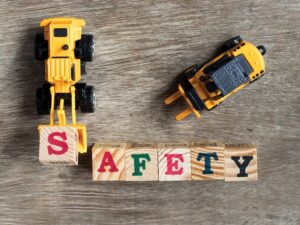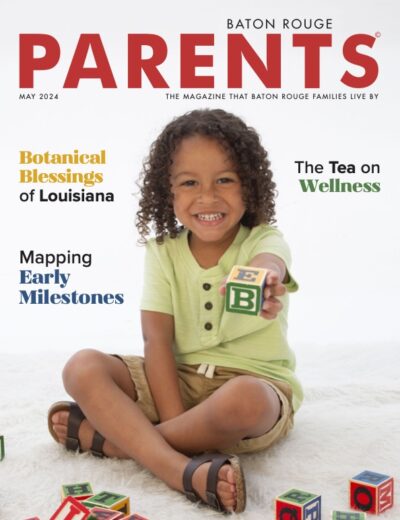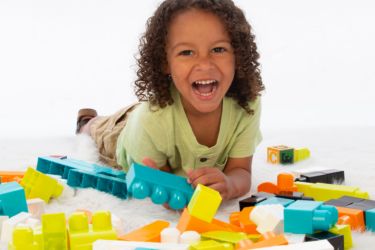
Toy Safety for Kids During the Holidays
Pretty soon, the floors of your home will be cluttered with new toys that were brought by Santa. And while the holidays are a time for giving, for many children, what they receive can be harmful.
According to U.S. Consumer Product Safety Commission (CPSC) statistics, there were an estimated 240,000 toy-related injuries treated in U.S. hospital emergency departments in 2016. Of those injuries, an estimated 166,300 (69 percent) occurred in children 12 years of age or younger. More than half of those children (85,200) were younger than five years of age. Forty-five percent of the estimated 240,000 injuries (107,400), occurred to the head and face area (head, face, eyes, mouth and ears).
Michelle Becnel, M.D., Primary Care Physician at Ochsner Health Center–Jefferson Place says, “Parents need to be on guard for potential toy hazards, especially around this time of year. It’s very easy to get caught up in holiday activities and not see a child with something they shouldn’t have.”
While only three percent of the 240,000 injured children in the CPSC report were hospitalized, that number represents over 7,000 children. Dr. Becnel suggests people be conscious of safety while shopping for toys. “With so many new and exciting things on the market each holiday season, sometimes we forget to look at them with a critical eye for safety,” she says.
Five tips for practicing toy safety:
- Remember that practically anything can be considered a toy by a very young child. Children put “toys” in their mouths and dangerous things are more accessible around the holidays like coins, lights, mistletoe leaves, and berries, etc. Keep magnetic toys and “button” batteries away from young children. If a child swallows a magnet or battery, seek immediate medical attention. And, if your child ingests something you aren’t sure is safe, call Poison Control at (800) 222-1222.
- Provide appropriate safety equipment with a gift, such as helmets and pads for bikes, scooters, skateboards, or skates. For children younger than 15 years of age, riding toys are associated with more estimated injuries than any other category of toy.
- The age label is important, especially for older kids who have younger siblings. Younger children are naturally curious and will get into toys and games that belong to their older siblings. Parents with multiple children of all ages should make sure toys for older children are not easily accessible to younger children. Older siblings need to be reminded that their gifts could be harmful to their younger brother or sister.
- Always inspect gifts after they are opened. This is important especially if someone else gives your child a gift that you are unfamiliar with. All toys should be re-inspected often for loose pieces, rips, peeling or sharp edges.
- If toys are kept in areas visible to children, make sure they can be retrieved without your child needing to climb or stand on something. Many children are seriously injured from falls or when other objects topple over onto them.
With the holidays soon approaching, follow these tips to make sure your kids play and stay safe into the New Year. ■





